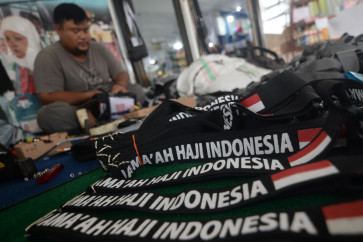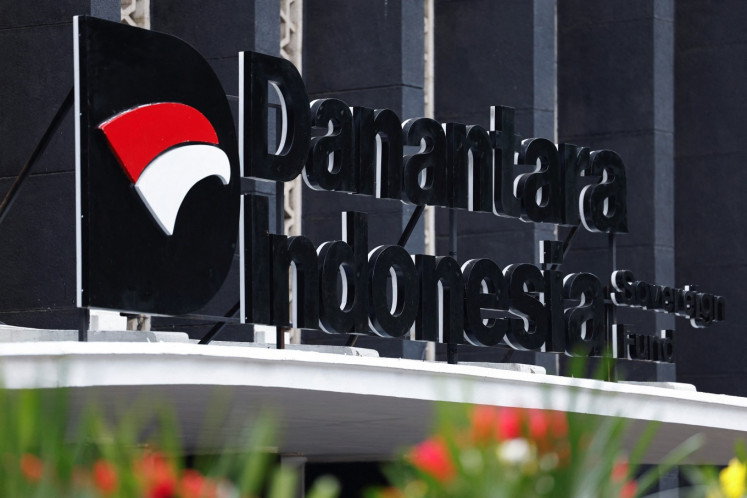Low-cost carriers to prop up Asia Pacific
Airline growth in the Asia Pacific region is expected to surpass that of the global sector, thanks to the mushrooming of low-cost carriers
Change text size
Gift Premium Articles
to Anyone

A
irline growth in the Asia Pacific region is expected to surpass that of the global sector, thanks to the mushrooming of low-cost carriers.
As the global economy is projected to grow by approximately 2.9 percent per year over the next 20 years, airline passenger traffic is expected to increase by 4.8 percent annually during the same period, according to aircraft manufacturer Boeing Company.
However, the Asia Pacific region will post even higher growth of around 8 percent, said Dinesh Keskar, senior vice president for Asia Pacific and India sales at Boeing Commercial Airplanes.
“There are reasons for that. First, being the population itself and secondly, disposable incomes of people in the region are going up and [third] the growth of low-cost carriers,” he said in Seattle, the United States, on Thursday.
It is estimated that 39,620 airplanes worth US$5.9 trillion will be needed by airlines globally over the next 20 years from the 22,510 aircraft in service recorded in 2015.
Of the total number, Asia Pacific will require around 40 percent, followed by Europe and North America combined at 40 percent, while countries in the Middle East, Latin America, Africa and the Commonwealth of Independent States (CIS) — such as Russia, Kazakhstan and Ukraine — will absorb the rest.
“Countries like Vietnam, Thailand and Indonesia have a lot of interest in creating low-cost carriers and mostly they initially focus on shorter flights, like two hours and three hours,” Keskar said.
“As they get more successful, they look at longer flights, but with the same aircraft.”
Boeing recently sold, among other deals, 300 airplanes to low-cost carrier Jetstar Pacific Airlines in Vietnam, over 200 units to Indonesian low-cost carrier PT Lion Mentari Airlines and 50 units to national flag carrier
PT Garuda Indonesia.
The Southeast Asia region alone will need 3,860 airplanes worth $565 billion during the 20-year period, with around 77 percent of the deliveries in the form of single-aisle aircraft, Boeing Support and Services senior brand manager Jim Proulx said on Wednesday.
At present, Boeing airplanes represent about half of the world’s jetliner fleet with more than 10,000 in service.
“Nearly three-fourth of the projected deliveries in Southeast Asia is for [airline] growth,” he told journalists, adding that the growth would be mainly driven by low-cost carriers operating in emerging markets.
However, despite the bright outlook, budget airlines in the region still face a challenge to growth, namely tight competition as most of the markets are already saturated.
“As always, the industry goes in cycles and the industry in general is facing some difficulties,” Budget Aviation Holdings (BAH) CEO Lee Lik Hsin told The Jakarta Post in an interview on Thursday.
“The broader demand environment is not so strong. What we see is that full-service airlines start to offer more discounts and of course that impacts us as a budget airline because we need to maintain the gap with them.”
BAH is fully owned by Singapore Airlines Group and manages long-haul budget carrier Scoot as well as short-haul budget carrier Tiger Airways.
However, Lee remains optimistic that his relatively young airlines, which will be merged into one brand under Scoot later this year, will be able to achieve rapid growth going forward with their route expansions and lower oil prices.
Scoot is set to fly nonstop from Singapore to Athens for the first time on June 20 using its latest Boeing 787 Dreamliner handed over at Boeing’s Everett delivery center in Seattle on Thursday.
Another route is to be announced later this year, expanding its existing routes connecting Asia-Pacific countries. Scoot currently has 14 Boeing 787 Dreamliners in its fleet and has ordered six more.









